Apollo 14 Lands on Moon
First Automatic Don’t Walk Sign

The first “Don’t Walk” sign was installed in New York City. The installation of this sign was inspired by the growing number of deaths resulting from pedestrian accidents.
Facebook is Born

Mark Zuckerberg launches Thefacebook, which later becomes Facebook. The world changes forever. And we like it.
The Sims Released

EA releases The Sims, the best-selling PC game in history. I guess people like pretending to be other people!
Apple Acquires NeXT; Steve Jobs Returns to Apple
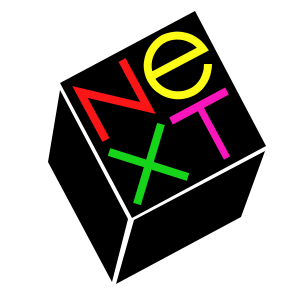
Apple Computer completes the purchase of Steve Jobs’ company NeXT for $427 million. Apple plans to use NeXT’s OpenStep OS to build the core of the next Mac operating system, eventually resulting in Mac OS X. Gil Amelio – with Steve Jobs as his advisor – makes plans to restructure Apple. Steve Jobs eventually advises Apple’s board of directors to replace Gil Amelio and hire him as interim CEO. Eventually the “interim” title is dropped and the rest is recent history.
First Woman to Pilot the Space Shuttle

Astronaut Eileen Collins becomes the first woman to pilot the Space Shuttle as mission STS-63 gets underway from Kennedy Space Center in Florida.
Genesis of “Vaporware”

The term “vaporware” is first used by Philip Elmer-DeWitt in a TIME magazine article. The term is now commonly used to describe software that has been long announced but hasn’t actually been released. At the time, many experts believed Microsoft was guilty of using vaporware announcements to keep customers from purchasing software from other companies (by convincing them that a Microsoft version was just around the corner).
First Soft Landing on Moon
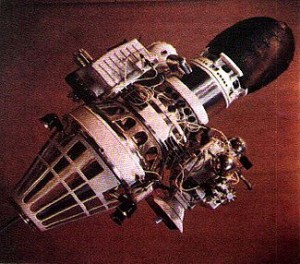
The unmanned Soviet Luna 9 spacecraft makes the first controlled rocket-assisted landing on the Moon. It was the first spacecraft to make a soft landing on any planetary body other than the Earth and to transmit photographic data to Earth. It was, however, the 12th attempt by the Soviets at a soft landing.
Amelio Becomes Apple CEO
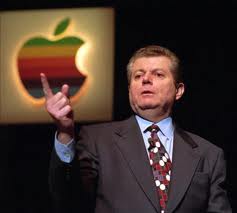
Gil Amelio is named CEO of Apple Computer, replacing Michael Spindler. He orchestrated the purchase of NeXT, the company which Steve Jobs founded after leaving Apple in 1985. Steve Jobs was brought on as a consultant to Apple and after a series of events, Gil Amelio was fired after 499 days on the job. Steve Jobs soon replaced him and has led Apple back into profitability with its iMac and G3 machines.
TRS-80 Born
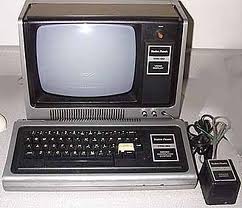
The prototype of the TRS-80 computer is shown to Charles Tandy, the CEO of the Tandy Corporation, owner of the Radio Shack chain of stores. He agrees to begin production based on this demonstration and the computer goes on sale in August. “TRS” stood for Tandy Radio Shack. The relatively inexpensive TRS-80 helped to spur the acceptance of the personal computer in the home.

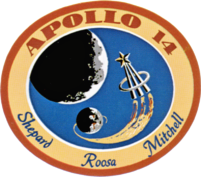 February 5, 1971
February 5, 1971